Seckel Pear Tree
Description
Also called sugar pear, candy pear
Small dessert pears that are super-sweet with a hint of spice. Often used in cooking and canning, but also enjoyed fresh. Tree is disease-resistant to fireblight. Originates around Philadelphia, Pennsylvania in the 1700s. Harvest in September. Best pollinators: Starking® Delicious™ or Moonglow. See more recommended pollinators below.
Note: Not a suitable pollinator for Bartlett pear trees.
Survival Guaranteed!
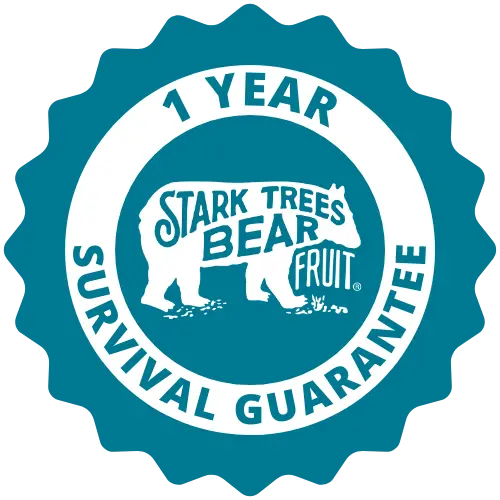

Since 1816, Stark Bro’s has promised to provide customers with the very best fruit trees and plants. It’s just that simple. If your trees or plants do not survive, please let us know within one year of delivery. We will send you a free one-time replacement, with a nominal shipping fee of $9.99. If the item in question is not available, we can issue a one-time credit to your account equaling the original product purchase price or issue you a refund. Read more about our warranty policy.
Characteristics
| Bloom Color | White |
| Bloom Time | Early - Mid |
| Chill Hours | 500 - 800 |
| Fruit Color | Brown |
| Fruit Size | Small |
| Hardiness Zone Range | 5 - 8 |
| Pollination | Pollinator Required |
| Ripens/Harvest | September |
| Shade/Sun | Full Sun |
| Soil Composition | Loamy |
| Soil Moisture | Well Drained |
| Soil pH Level | 6.0 - 7.0 |
| Taste | Sweet |
| Texture | Fine Grained |
| Years to Bear | 4 - 6 |
Size & Spacing
Mature Size
| Standard | 18 - 20' tall x 12 - 13' wide |
| Semi-Dwarf | 12 - 15' tall x 9 - 11' wide |
| Dwarf | 8 - 10' tall x 6 - 7' wide |
Recommended Spacing
| Standard | 18 - 20' |
| Semi-Dwarf | 12 - 15' |
| Dwarf | 8 - 10' |
Zone Compatibility
Pollination
This variety requires another one for adequate pollination.
Tools & Supplies
Planting & Care
Learn all about how to grow pear trees in The Growing Guide. An entire section of our website dedicated to your growing success.

 Options
Options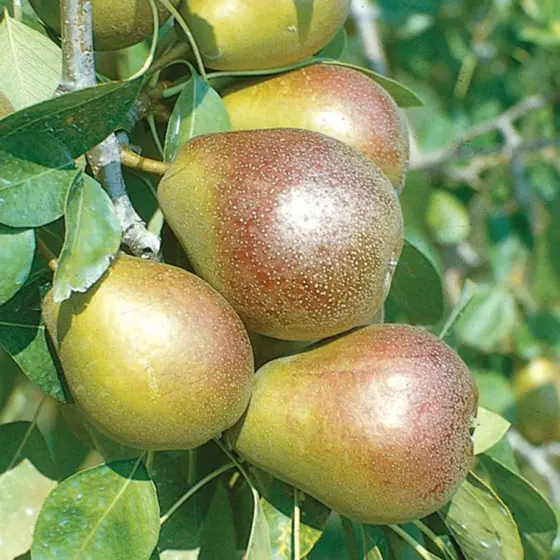
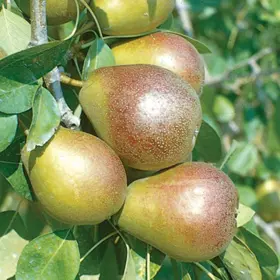
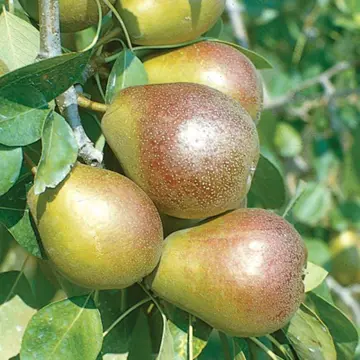
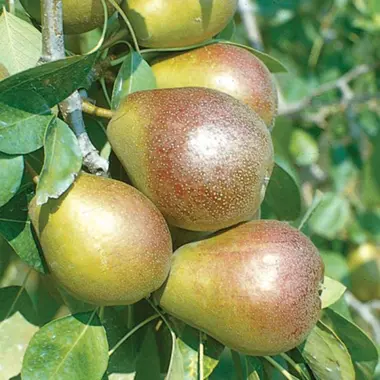
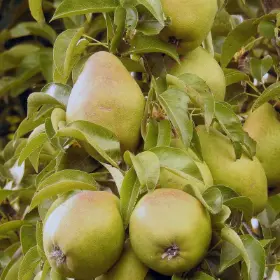
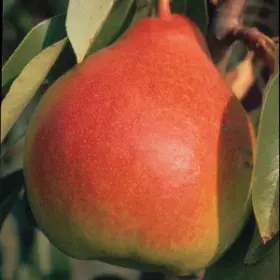
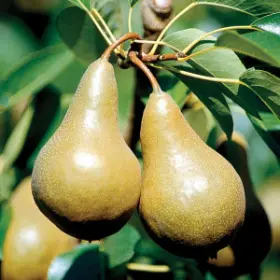
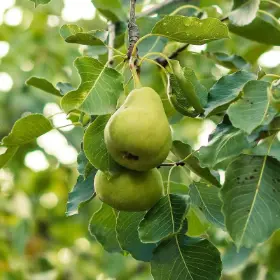
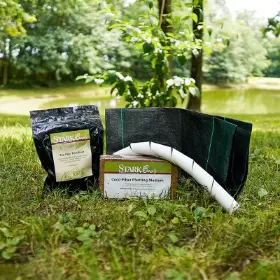
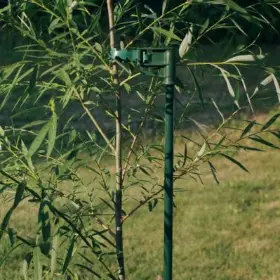
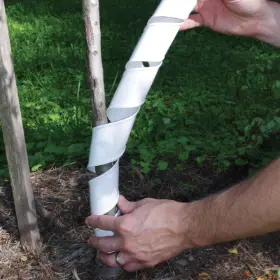
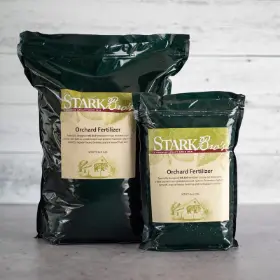
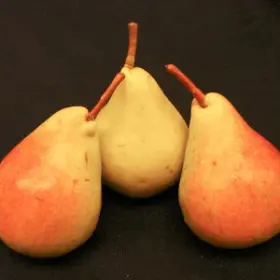
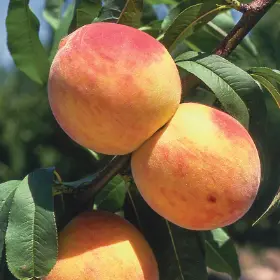
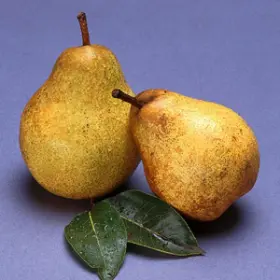
Best pear I have ever had.
I have a sugar pear tree that needs to be pollinated is it too late to pollinate
Like the taste.
Excellent value.